An international seminar is being held at Samarkand State University in collaboration with COSPAR and NASA organizations.
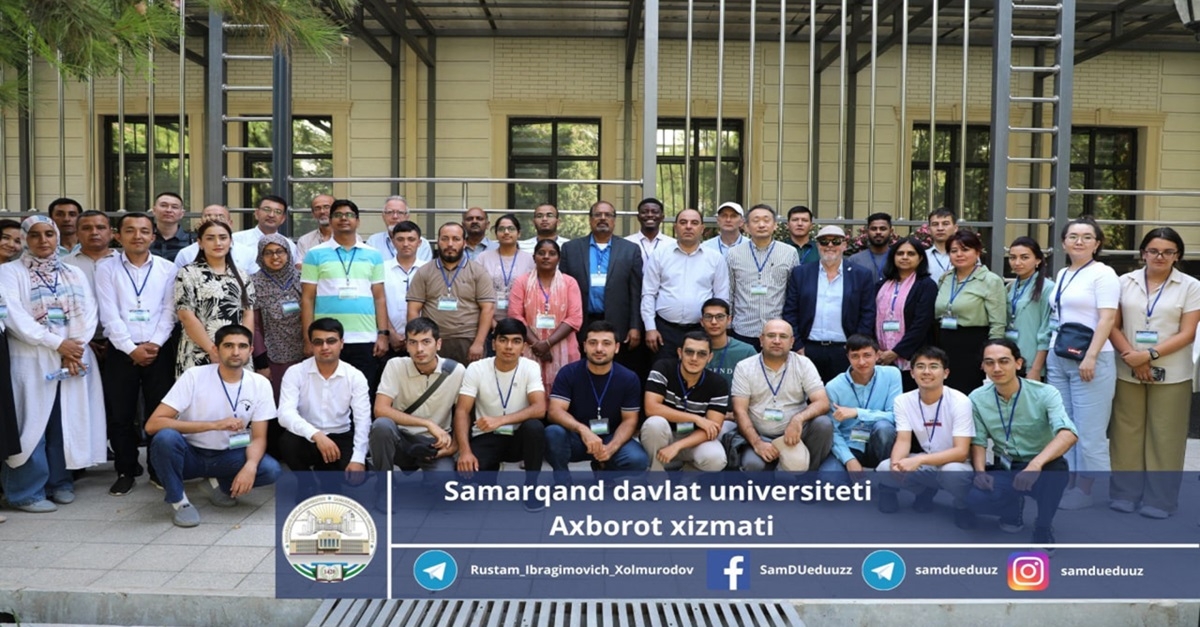
At the Samarkand State University Institute of Engineering Physics, an international scientific seminar titled “COSPAR Capacity Building Workshop” is being held in collaboration with UNESCO's Committee on Space Research (COSPAR - Committee on Space Research, France), NASA (National Aeronautics and Space Administration, USA), ISWI (International Space Weather Initiative, France), SCOSTEP (Scientific Committee on Solar-Terrestrial Physics, USA), and URSI (International Union of Radio Science, Belgium).
The main goal of this prestigious event is to encourage the use of space data for scientific purposes by scientists from developing countries.
More than 10 scientists from countries including the USA, France, India, Switzerland, and Spain are participating in the seminar with their presentations.
As part of the seminar program, lectures and practical sessions are being conducted by leading scientists from around the world, including Nat Gopalswamy (NASA, Goddard Space Flight Center), Seiji Yashiro (NASA, Goddard Space Flight Center), Pertti Makela (NASA, Goddard Space Flight Center), Nandita Srivastava (Physical Research Laboratory, India), Kathiravan Chidambaram (Indian Institute of Astrophysics, India), Christian Monstein (IRSOL, Switzerland), Javier Bussons Gordo (University of Alcala, Spain), and Wageesh Mishra (Indian Institute of Astrophysics, India).
The seminar, which is scheduled to last for two weeks, has selected a total of 40 candidates from among master’s students, doctoral candidates, and researchers. Of these, 20 are from Uzbekistan, while the remaining 20 represent 11 other countries, including the USA, India, Turkey, Egypt, Azerbaijan, Malaysia, Pakistan, Sri Lanka, Algeria, Kazakhstan, and Tajikistan.
The seminar was inaugurated by Akmal Akhatov, Vice-Rector for International Cooperation at Samarkand State University.
The Committee on Space Research of UNESCO is supporting the installation of a radio spectrometer device to record solar flares at Samarkand State University and its integration into the international network of radio spectrometers. This device is crucial as it allows for independent forecasting of magnetic storms. The increased frequency of magnetic storms due to the rising phase of solar activity further underscores the importance of this device.
During the seminar, it is planned to install a solar radio spectrometer and a radio antenna at the SamDU Nuclear Physics and Astronomy Research Center and connect it to the international network.
Carlos Gabriel, Chair of COSPAR (Committee on Space Research) and professor:
This international seminar is significant for scientists and researchers from developing countries. COSPAR strives to enhance opportunities for engaging in science. Samarkand State University has a high scientific potential and a rich material and technical base. That’s why we decided to hold the seminar in Samarkand. This is the first time this event is being held in Central Asia. As a result of the seminar, Uzbekistan has been included in the list of 70 COSPAR member countries. The seminar is being held at a high level.
Nat Gopalswamy, representative of NASA Goddard Space Flight Center and professor:
At the international seminar, I presented on space weather, specifically on the solar coronal mass ejections and the resulting shock waves. Studying these coronal mass ejections is crucial because they lead to particle radiation and geomagnetic storms, causing disturbances in Earth's space environment. These disturbances can affect human technology in space, such as satellites which may suffer from particle radiation. Therefore, we study the origins of this particle radiation through coronal mass ejections and shocks. The seminar is very well organized, and I thank Samarkand State University for that. After the presentations, there will be practical sessions on data analysis. The participants will analyze data on space research using information from NASA, ESA (European Space Agency), and ground-based radio telescopes. By combining this data, we will gain more information on the solar impacts.
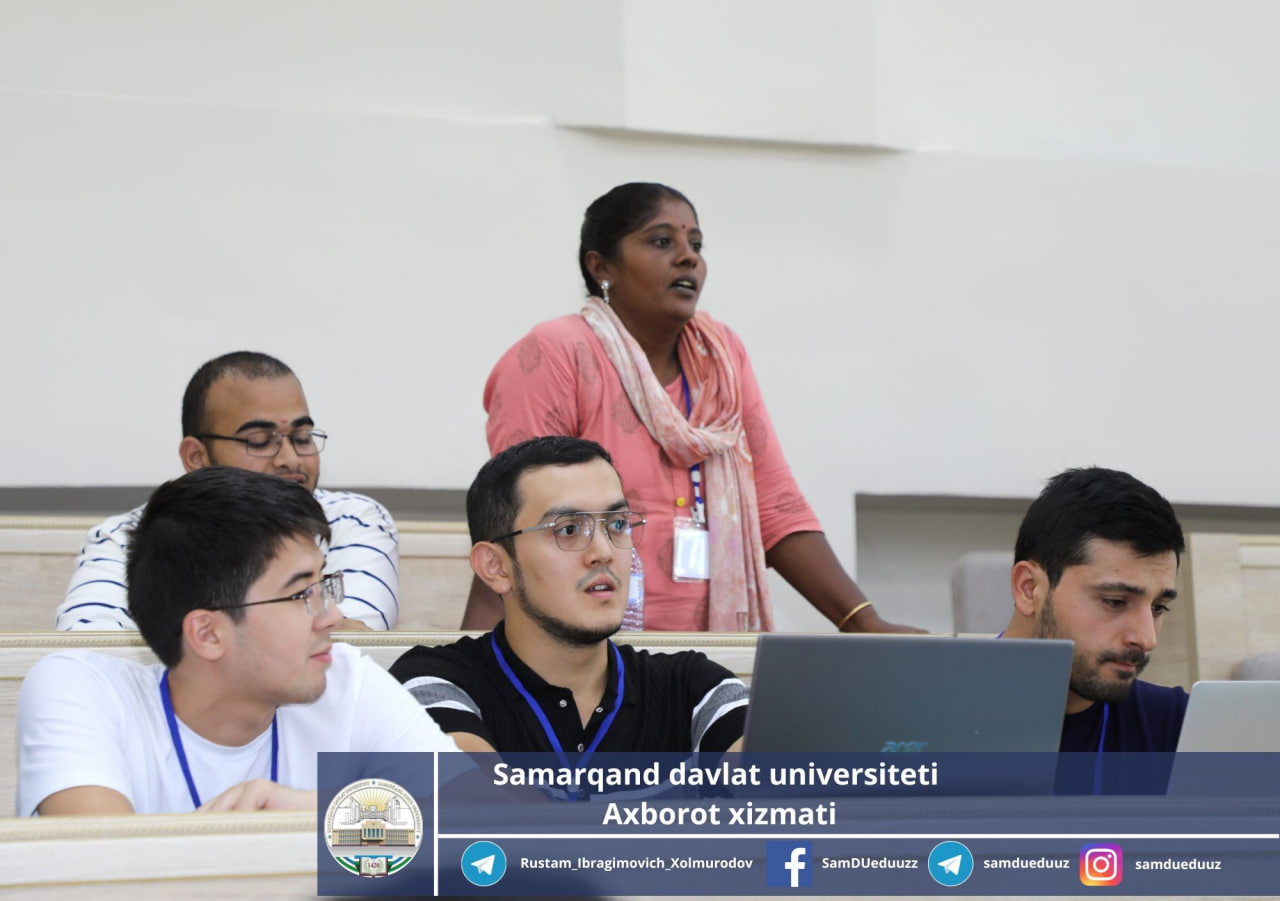
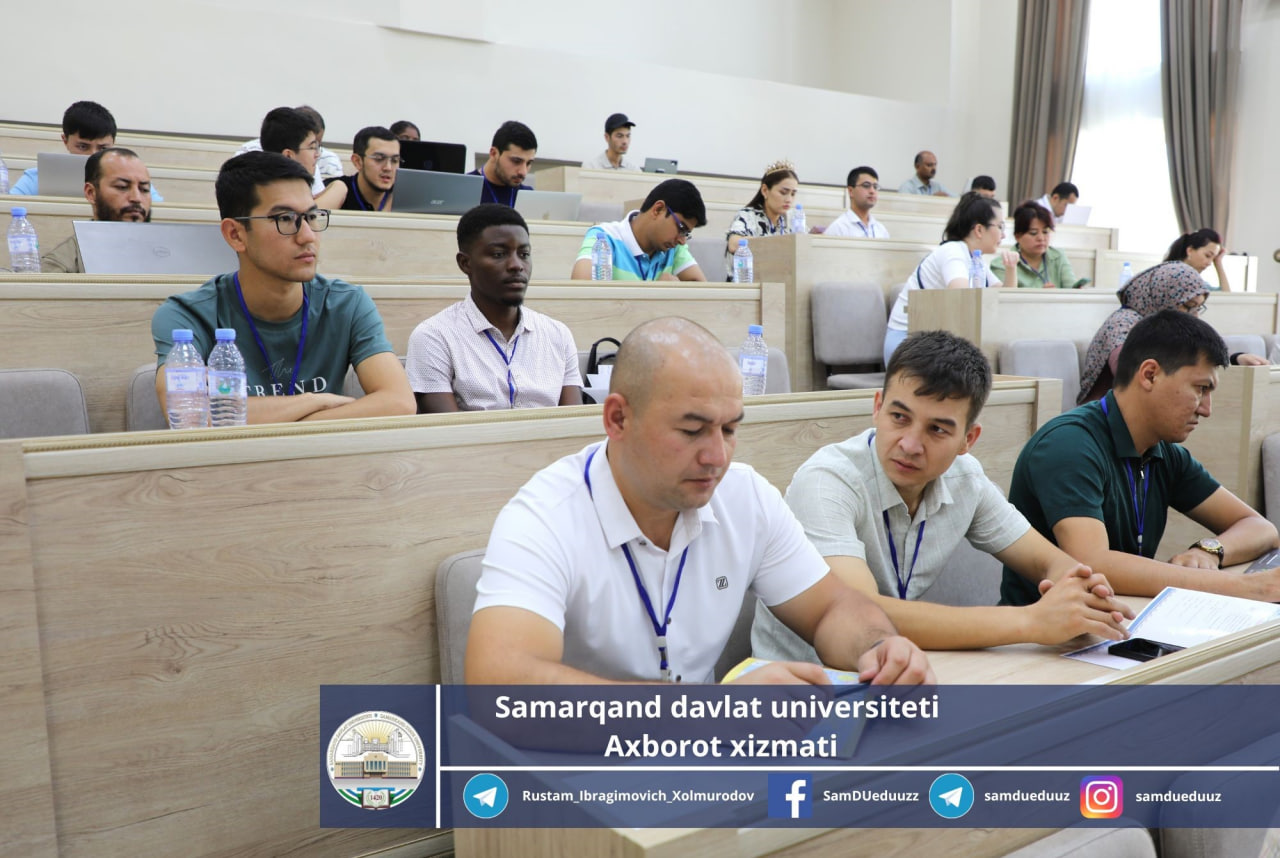

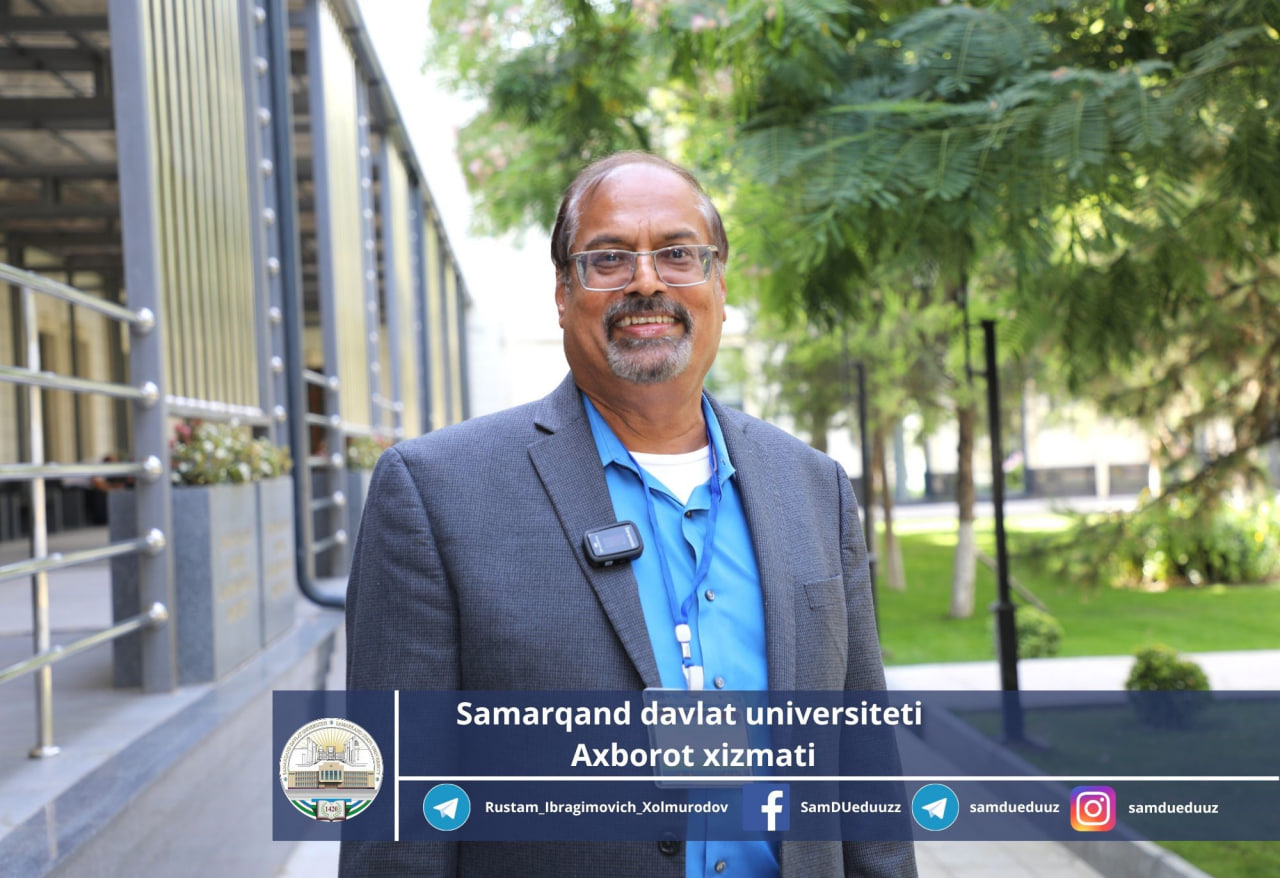
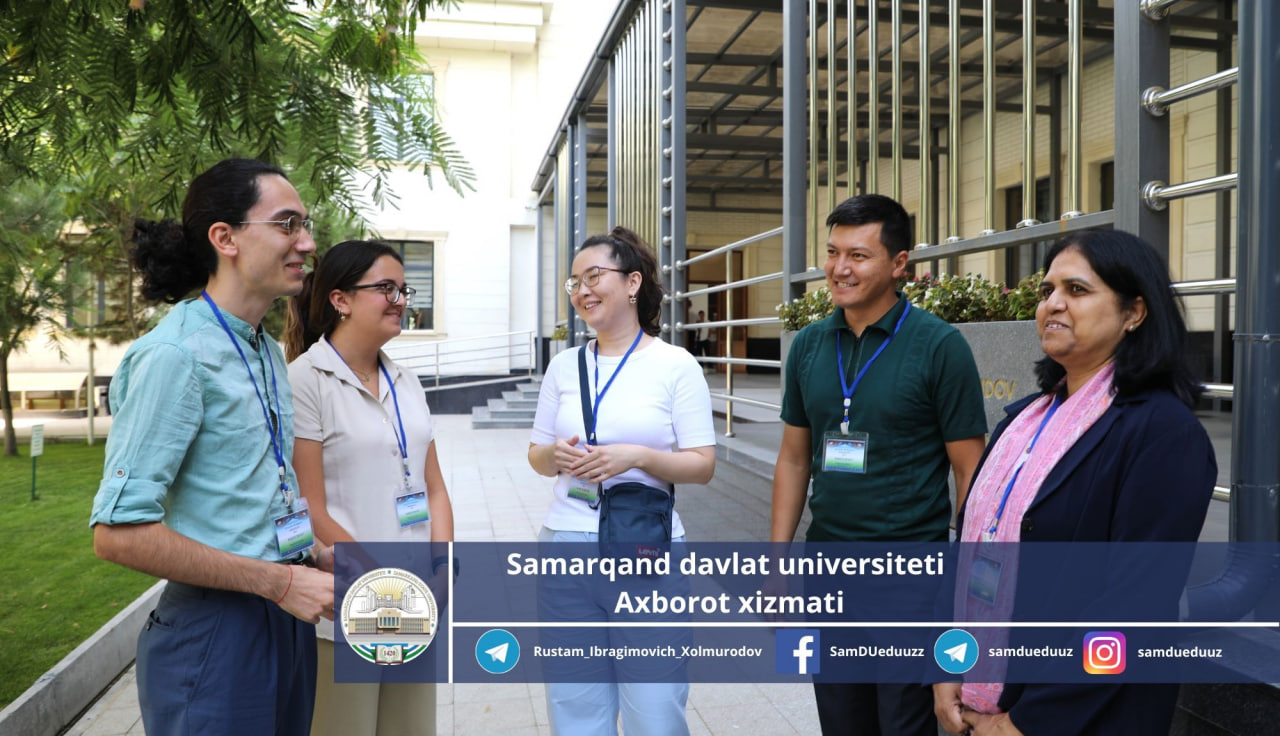
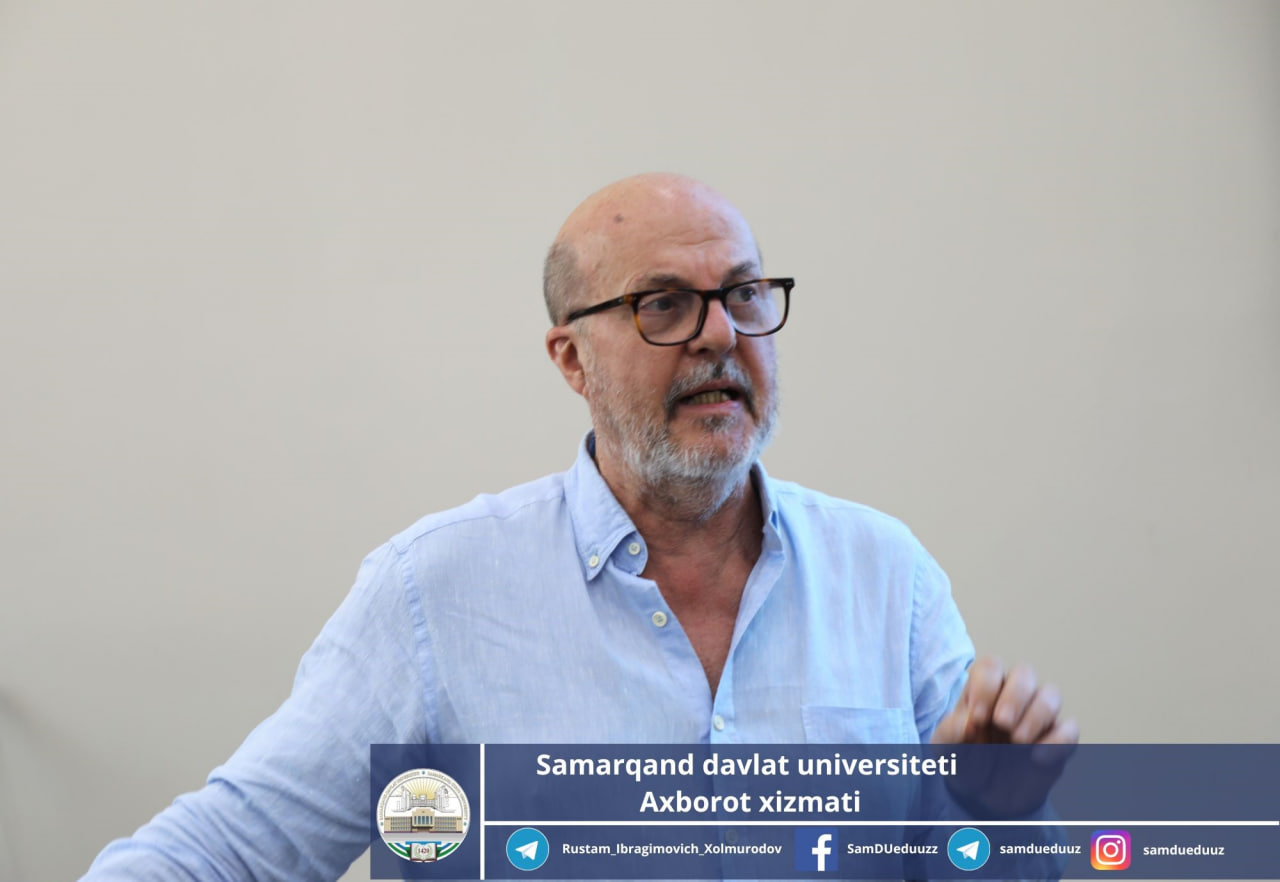
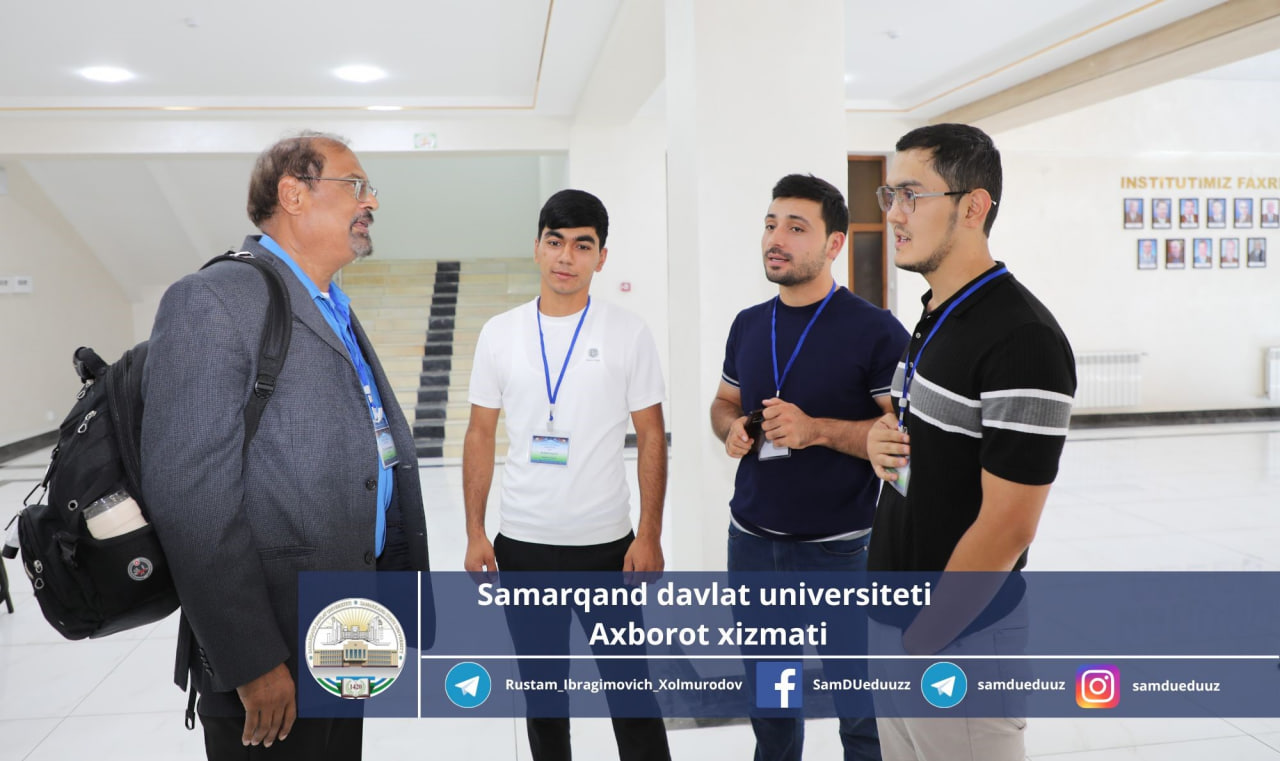
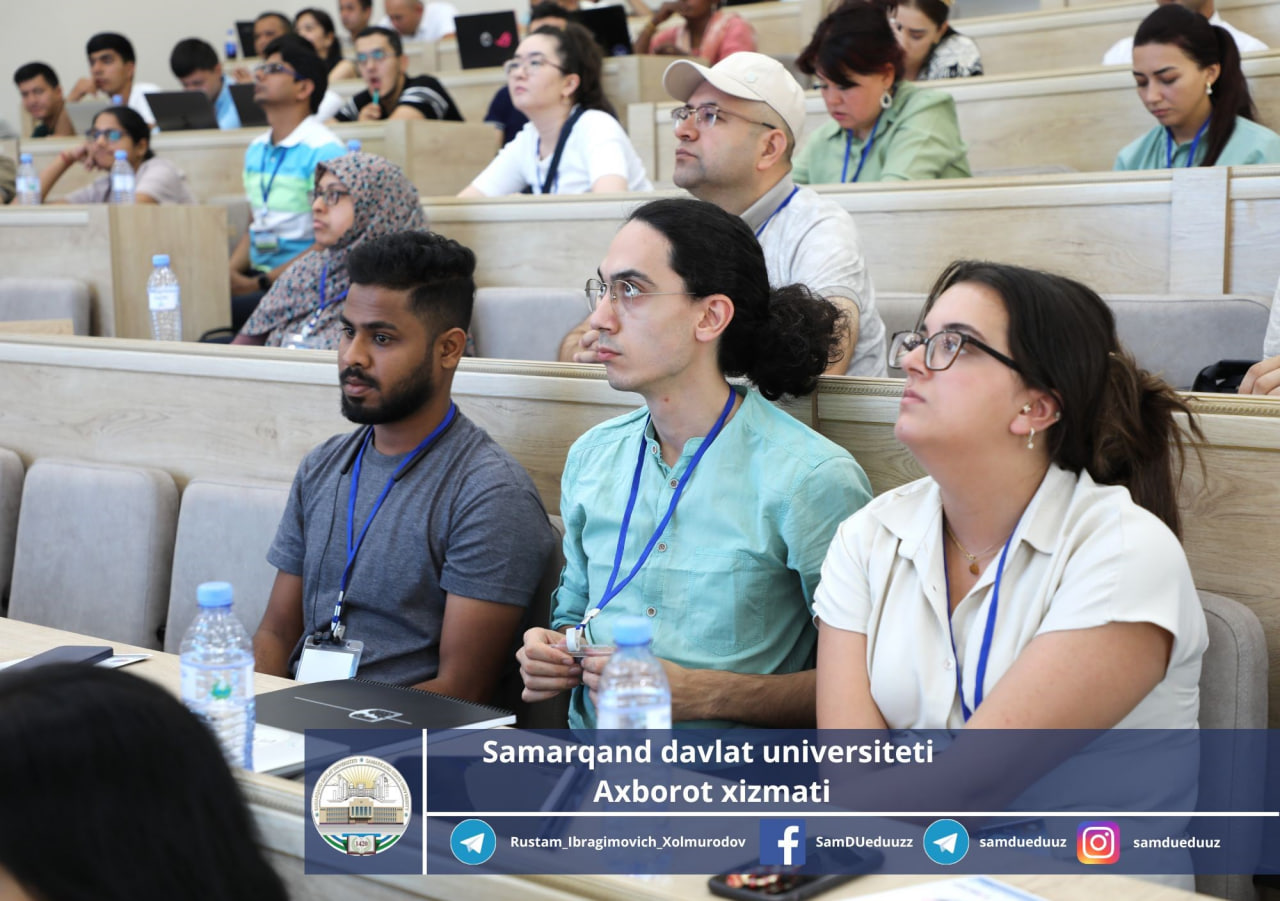
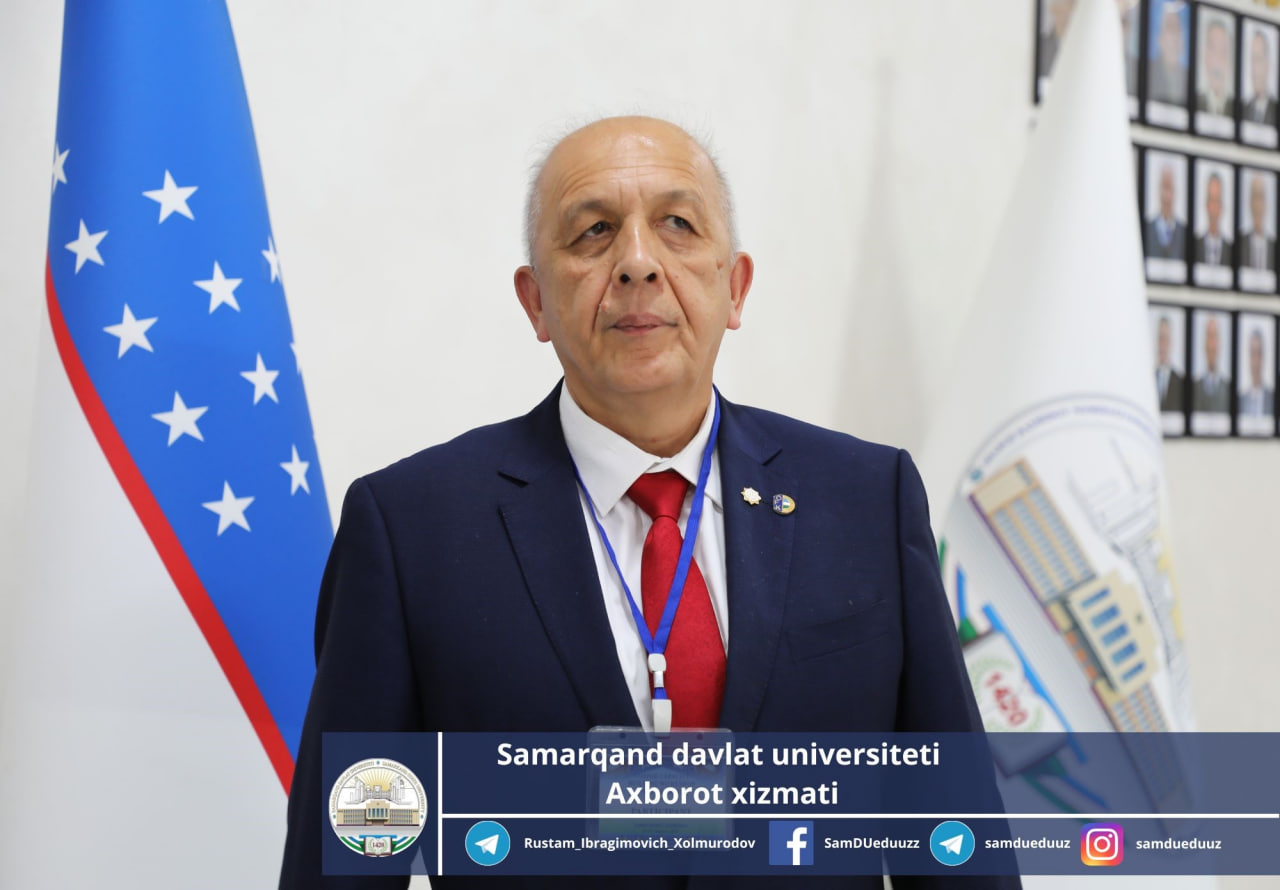
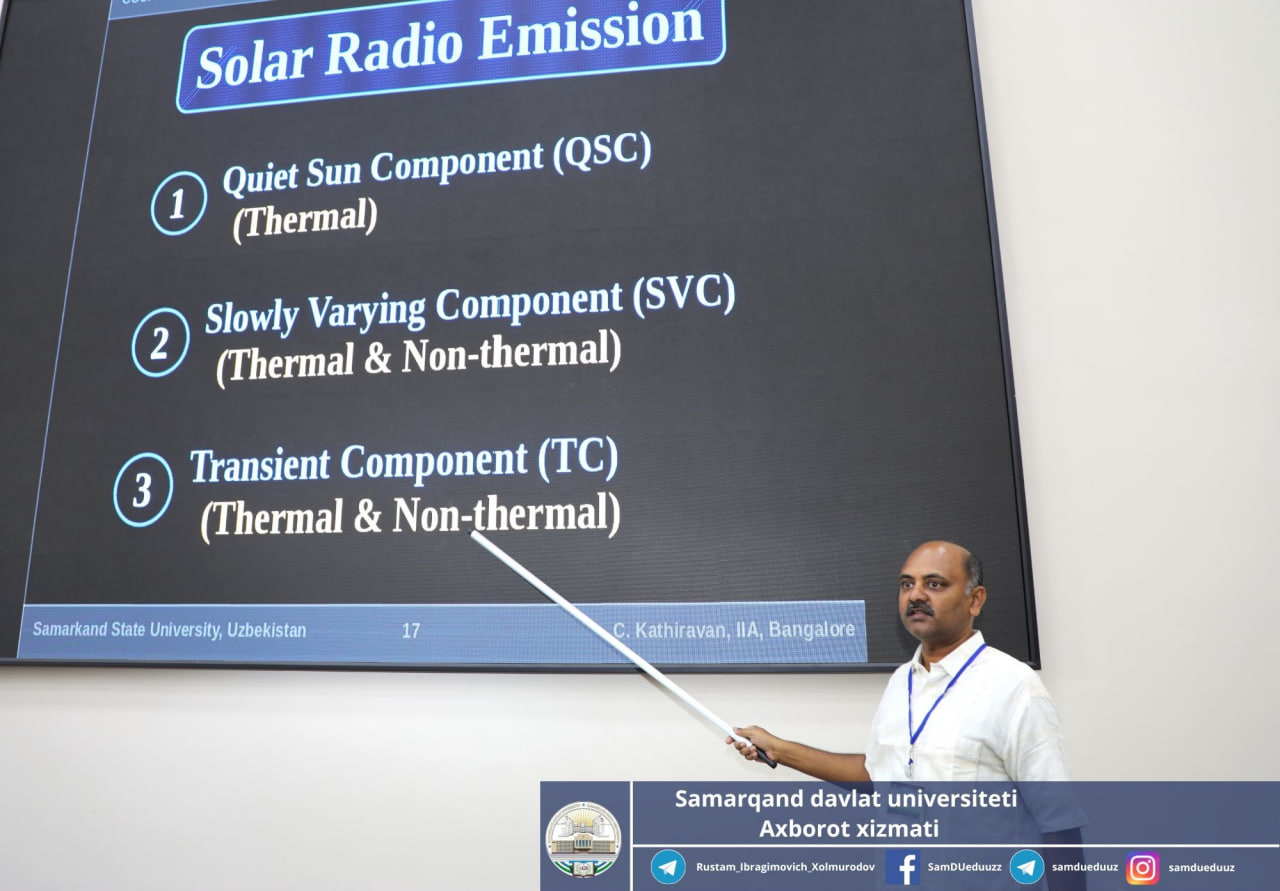
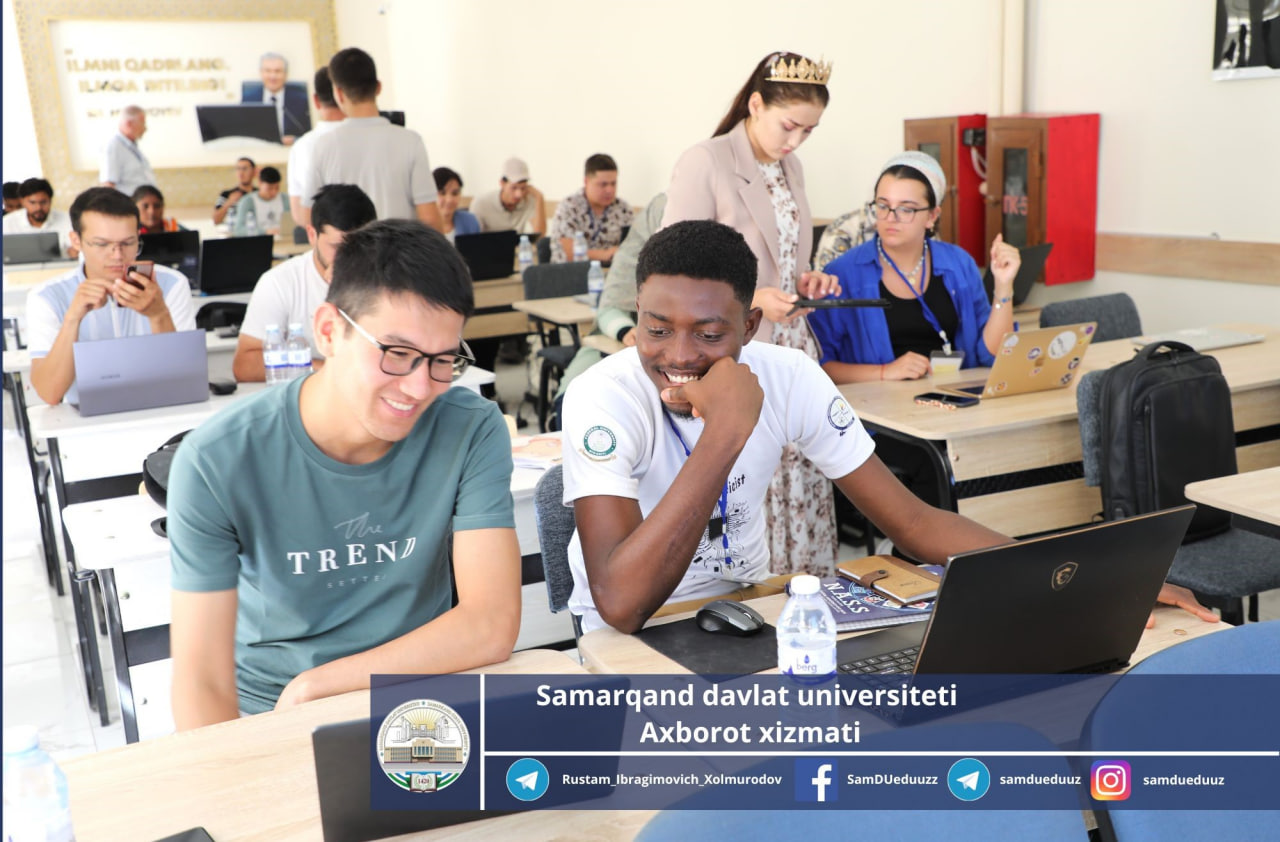
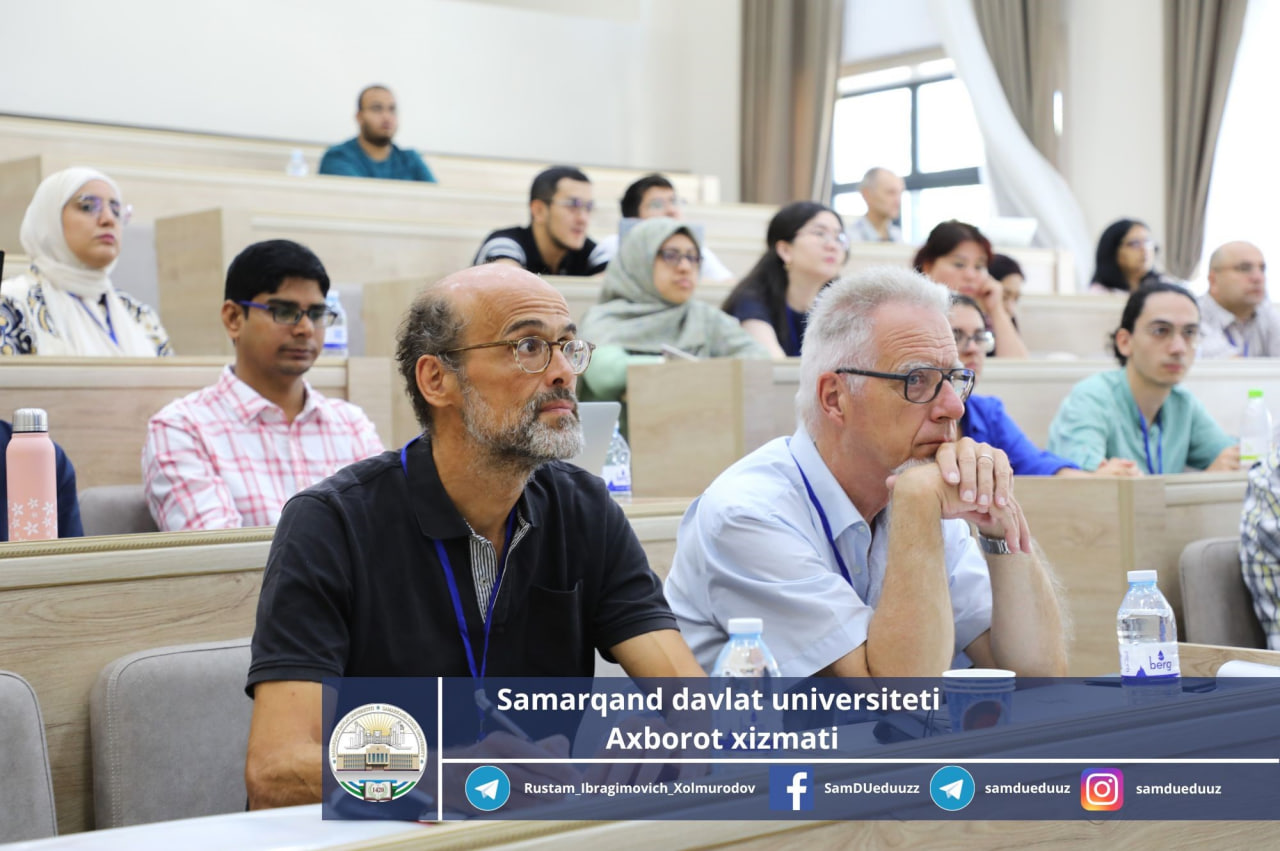

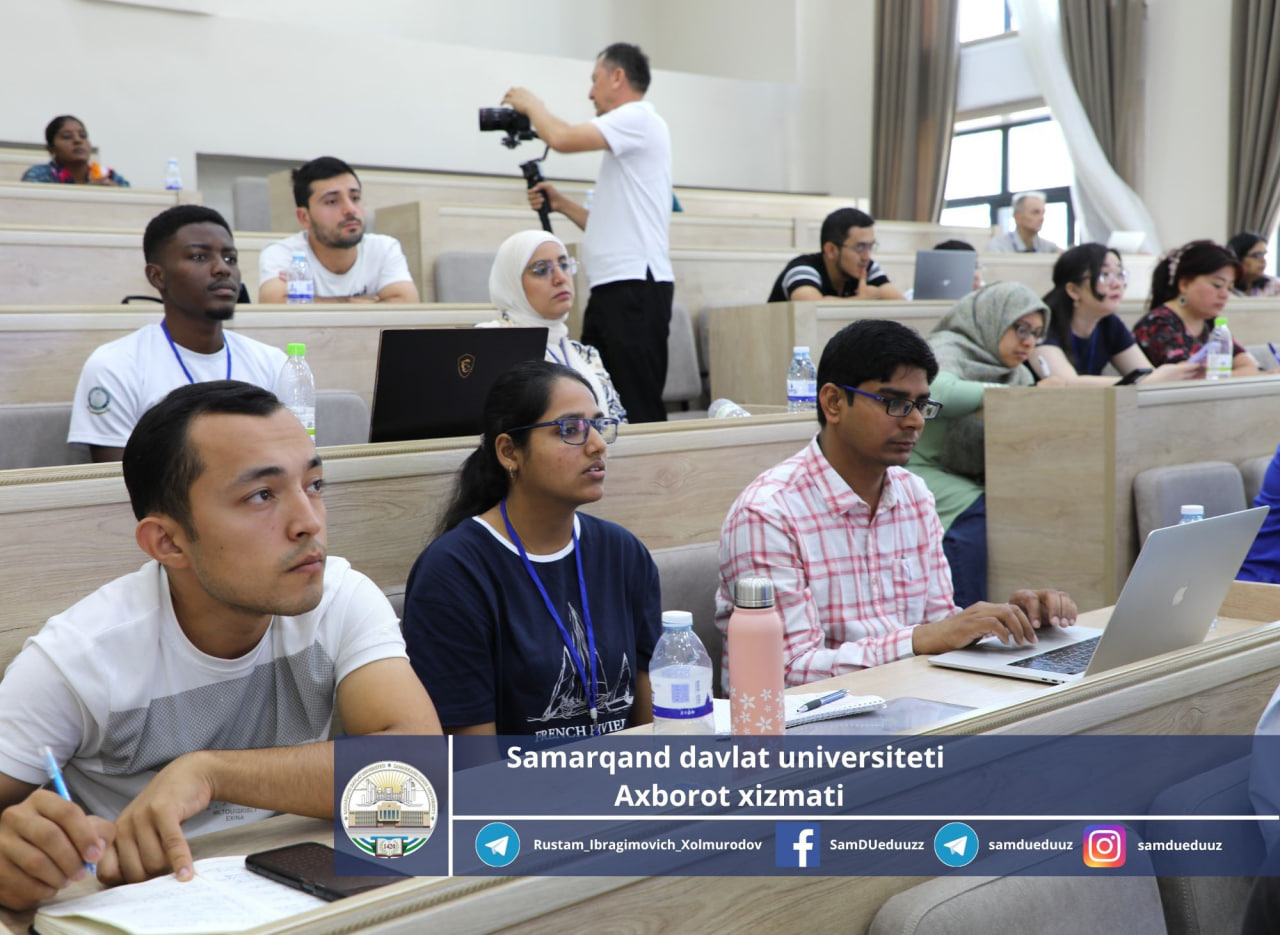
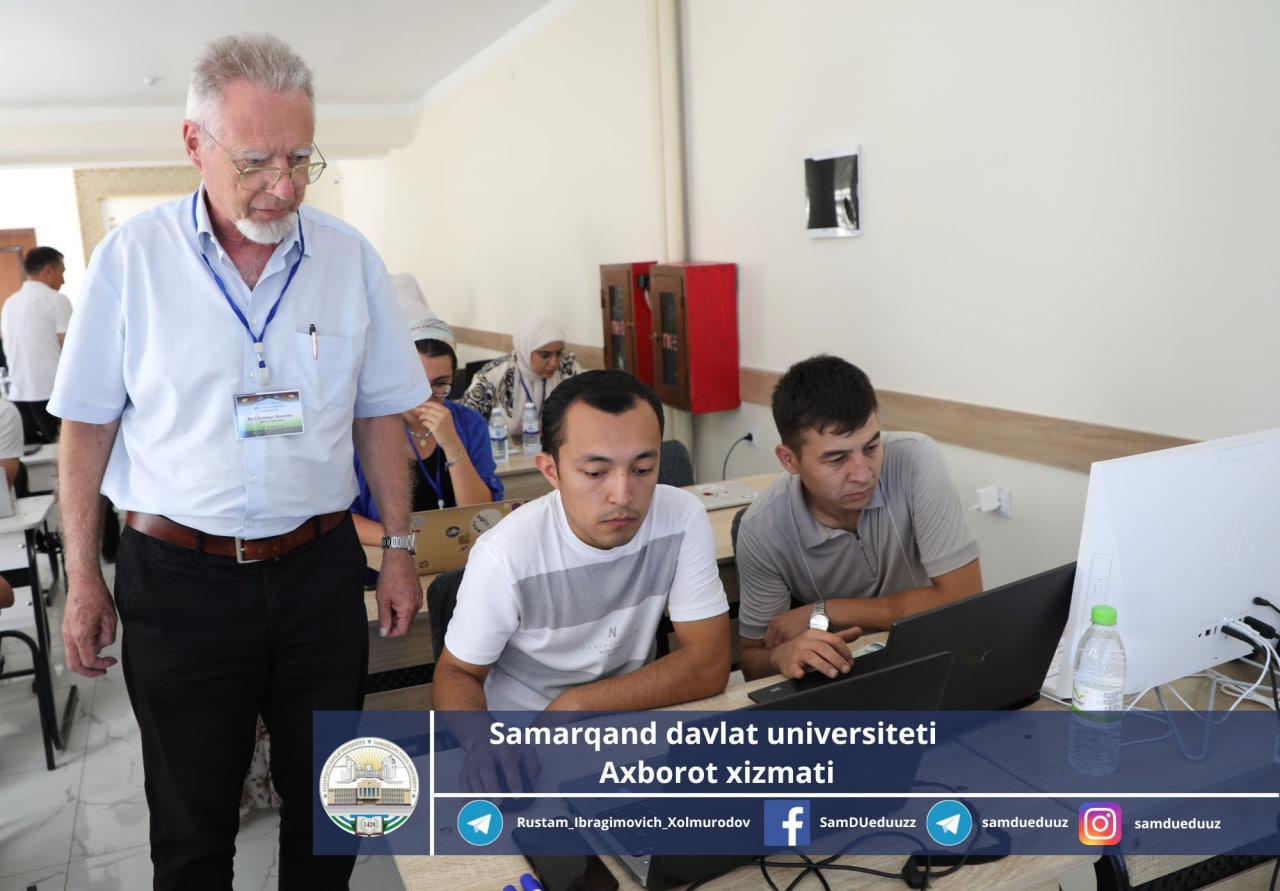
Samarkand State University
Information Service,
Photographs taken by Shavkat Akramov.

